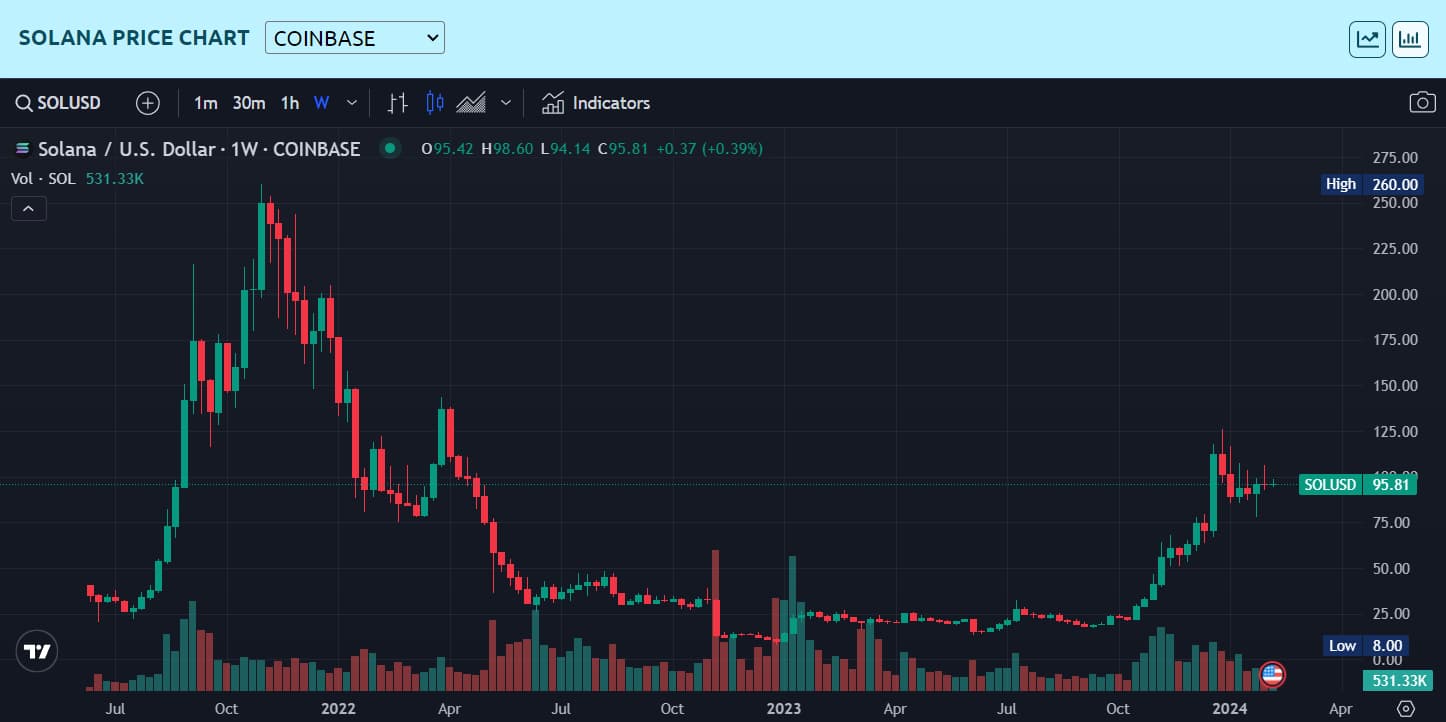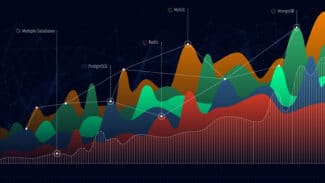As technology continues to advance, the intersection of cryptocurrency and databases becomes increasingly significant. In the realm of programming and music, developers seek efficient solutions that bridge the gap between traditional databases and blockchain technology. Solana, a rising star in the blockchain space, is capturing attention with its promising features. In this article, we’ll delve into the principles of blockchain coin price formation, explore the potential integration of Solana into the database world, and discuss how blockchain can enhance data security.

Solana Price Chart on Coindataflow
Blockchain Coin Price Formation Simplified
Understanding how blockchain coin prices form is crucial for anyone navigating the cryptocurrency landscape. The primary factors influencing prices include:
- Supply and Demand: Like any commodity, the value of a cryptocurrency is influenced by the basic economic principles of supply and demand. Limited supply and high demand tend to drive up prices.
- Market Sentiment: Investor perceptions and market sentiment play a significant role. Positive news or developments about a particular blockchain project can lead to increased demand and, subsequently, higher prices.
- Utility and Adoption: The practical use and adoption of a cryptocurrency contribute to its value. If a blockchain platform, like Solana, offers unique features and gains widespread adoption, it can positively impact the coin’s price.
Will Solana be Introduced into the Database World?
The integration of Solana into the database world is a compelling prospect. With its lightning-fast transaction speeds and low fees, Solana addresses key challenges faced by traditional databases. The ability to handle high-throughput decentralized applications (dApps) makes Solana a strong candidate for database integration. Solana’s robust ecosystem and developer-friendly environment contribute to its appeal. As the tech community explores innovative solutions, the SOL forecast suggests a positive outlook, signaling potential integration into the database landscape.
Data Integrity: Blockchain vs Traditional Databases
In data security, the blockchain’s superiority becomes evident when compared to traditional databases. One of the most significant advantages lies in the impossibility of data tampering within a blockchain, a feature absent in conventional databases. Unlike traditional systems where a single point of entry vulnerability can compromise the entire dataset, blockchain’s decentralized nature and cryptographic principles make data manipulation an insurmountable challenge.
In a blockchain, each block contains a cryptographic hash of the previous block, forming an unbroken chain. Any attempt to alter information in a specific block would not only require changing that block but also every subsequent block in the chain. This level of complexity makes the blockchain inherently resistant to unauthorized modifications, providing an unparalleled level of data integrity.
Contrastingly, conventional databases, often centralized and vulnerable to breaches, lack the inherent safeguards that blockchain technology offers. A centralized point of control becomes a tempting target for malicious actors seeking to manipulate or corrupt data. Blockchain’s resilience to data tampering serves as a beacon for industries where data accuracy is paramount, offering an innovative and secure alternative to traditional database systems.
Solana Price Prediction and Database Integration
Predicting Solana’s future price involves considering various factors, such as technological advancements, partnerships, and market trends. While we can’t guarantee future outcomes, a holistic analysis suggests a positive trajectory for Solana. As the blockchain community embraces the platform, its utility and demand are likely to increase, potentially influencing the SOL forecast positively. Developers and database enthusiasts should closely monitor Solana’s progress for potential integration opportunities.
Securing Data with Blockchain: A Deep Dive
Blockchain technology offers robust solutions for data security. Here’s how:
- Immutability: Once data is added to a blockchain, it becomes virtually impossible to alter. This immutability ensures the integrity and authenticity of the stored information.
- Decentralization: Traditional databases often have a single point of failure. Blockchain distributes data across a network of nodes, reducing the risk of a catastrophic failure and enhancing overall security.
- Cryptography: Blockchain relies on advanced cryptographic techniques to secure data. Each block is linked to the previous one through a unique hash, creating a secure and tamper-evident chain.
- Smart Contracts: These self-executing contracts automate and enforce predefined rules, adding an additional layer of security to data transactions.
In conclusion, Solana’s potential integration into the database world aligns with the evolving needs of the programming and music community. As blockchain technology continues to mature, its impact on data security and innovative solutions cannot be ignored. By understanding the principles of blockchain coin price formation and recognizing the potential of Solana, developers can navigate the evolving landscape and harness the benefits of this transformative technology.




